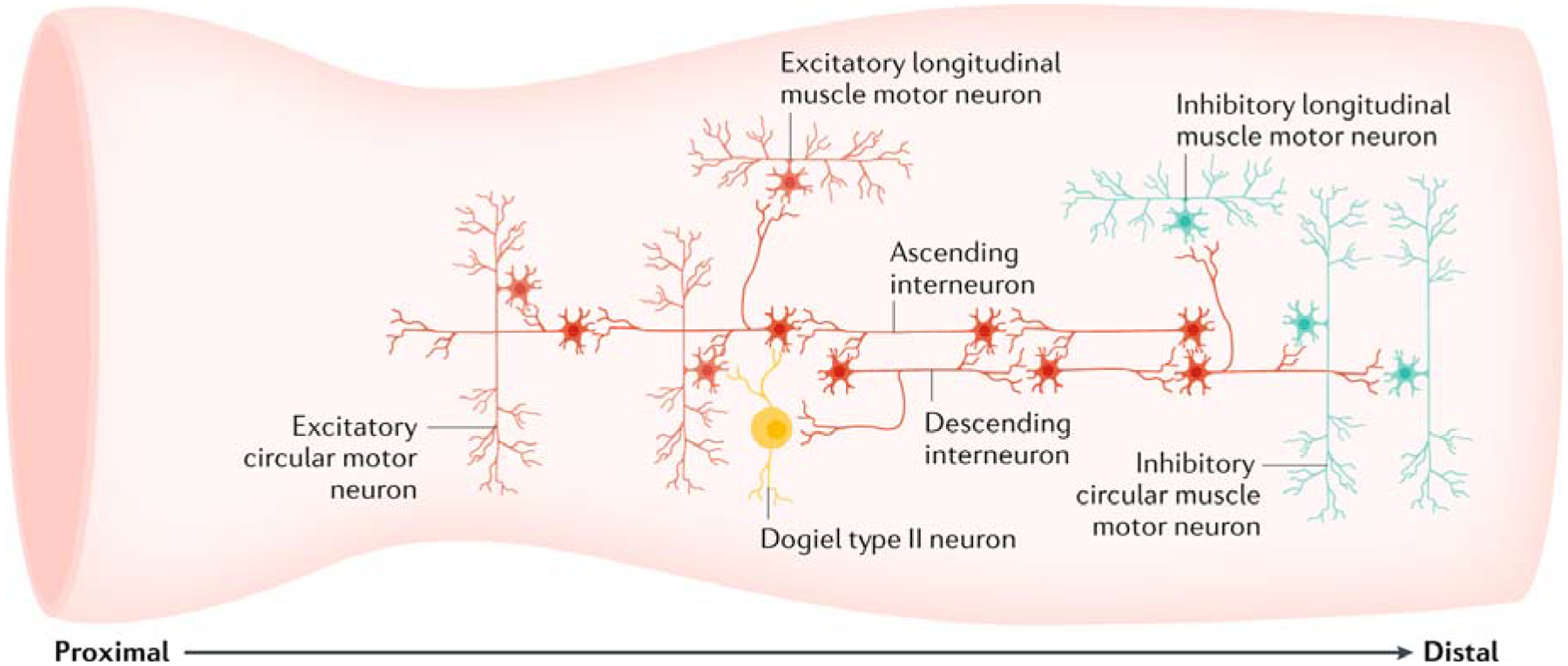Fig. 5: Major intrinsic neuronal circuits in the large intestine active during neurogenic motor patterns.

A fundamental pathway involves the synaptic convergence of ascending and descending interneurons, such that increased activation of ascending pathways leads to a corresponding increased activation of descending inhibitory pathways. Furthermore, common ascending interneurons simultaneously activate independent populations of excitatory motor neurons to the longitudinal muscle and circular muscle orally; at the same time, common descending interneurons simultaneously activate separate populations of inhibitory motor neurons to both the longitudinal muscle and circular muscle aborally. Thus, temporally coordinated firing of ascending and descending interneurons simultaneously activates cholinergic excitatory motor neurons and nitrergic inhibitory motor neurons. These pathways underlie major neurogenic motility patterns in the large intestine. In the colon, calbindin-immunoreactive Dogiel type II neurons project to the mucosa and receive nicotinic inputs from some populations of myenteric interneurons. The Dogiel type II neurons (in the colon) preferentially provide synaptic outputs to local cholinergic excitatory motor neurons and cholinergic ascending interneurons, and rarely or never to nitrergic neurons80.
